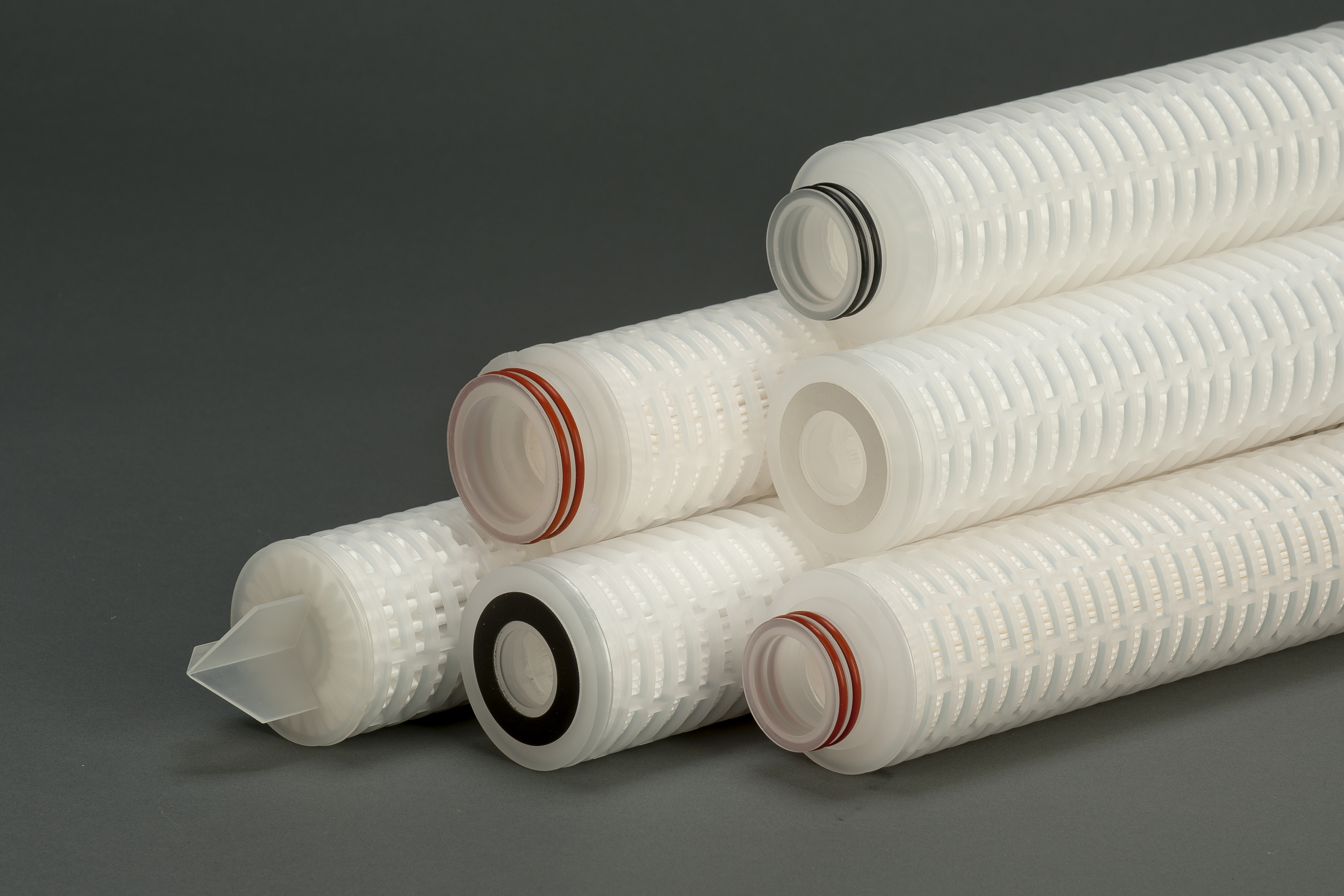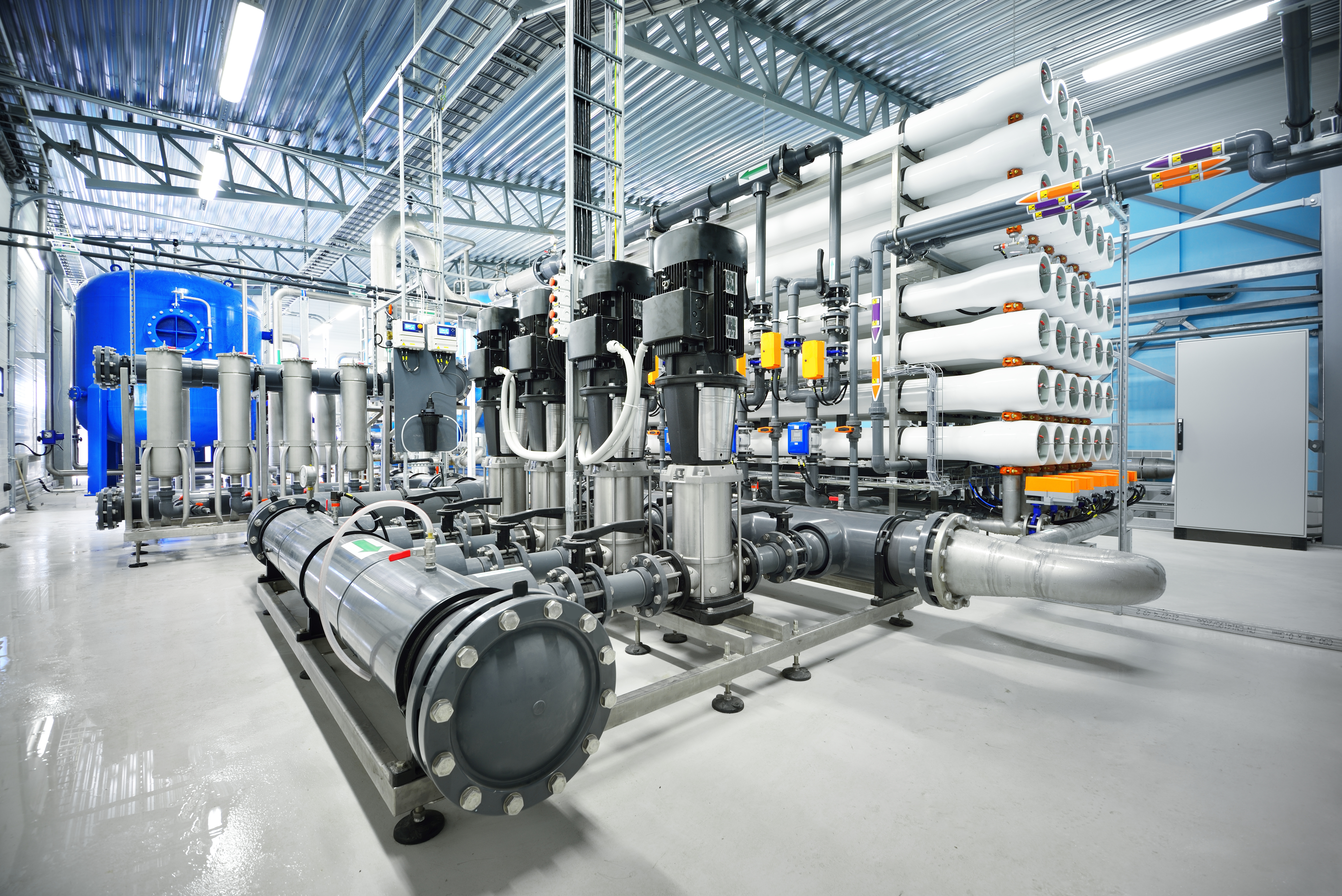Filtration System Optimal Sizing
How to ensure that you size filtration system to give the best compromise between initial capital outlay and low running costs.
>>> DOWNLOAD THE FULL PUBLISHED ARTICLE <<<
It is easy to imagine that the smallest filter that can handle the flow rate of a liquid would be the best choice for a filter system. However, this is only the case if you solely consider the initial purchase costs and ignore the operating costs of replacing filters each time they block. On the other hand, having a filter system that is so large that the filters never need changing, so operating costs are negligible might seem a better solution.
In practice the optimum situation for the majority of customers is one where the initial purchase cost is balanced against operating costs to give the most cost effective life time solution, also known as total cost of ownership.
Within this article, we will discuss how you achieve this and provide tips on how to ensure you optimise your filtration system. Finally, we will cover the optimum sizing of gas filters, which is different to liquids. Although both liquids and gases are fluids, they are different types of fluids. Liquids are non-compressible, whereas gases are compressible and this leads to them having to be treated differently.
What are you optimizing for?
The three main considerations for selecting the optimum sized continuously running filtration system are:
• Low initial capital cost – This often happens when the end user is asking a supplier (e.g. building contractor) to provide a system that includes the filtration system. Such a supplier may just want to minimise the initial purchase price as will not be around to pay the running costs.
• Low operating cost – if your system is going to be installed for a long time then the annual cost of replacing filter cartridges multiplied by the number of years of use can be many times the initial cost.
• Available budget – Sometimes you cannot buy the filter that is the optimum size because you to do not have the necessary capital budget available at the time (See Figure 1). In such a scenario, you purchase the filter that you can afford and accept what the running costs may be high!

Understanding differential pressure is key to understanding sizing
The key measurement for sizing a filtration system is the initial clean differential pressure (dp). Differential pressure is the measurement of the pressure loss that occurs across a filter system. This is easily measured on a system using pressure gauges placed upstream and downstream of the filter housing.
The lower the initial unused filter (clean) dp, the larger the initial capital cost of the filter system. Conversely, the higher the initial clean dp the smaller the initial capital cost of the filter system. However, as shown in figure 2, operating costs are inversely impacted by changes in dp. Doubling the size of the filters increases their life by a factor of four, therefore reducing operating costs. By comparison if you half the size of the filtration system you significantly increase the operating costs. Our recommendation would always be to invest in the lowest initial clean dp that you can afford.
So what is the correct initial clean dp to use? The answer is that it will always be a trade-off between capital costs and running costs. For a liquid filter system in continuous use, we would recommend choosing a value around 200 mbar as a starting place and revise, either upwards or downwards, as you see the initial cost of this solution.
Another important reason for installing pressure gauges, on your filter system, is that you then can measure exactly when the cartridges need to be changed, allowing you to maximise their lifetime and achieve the highest throughput per filter set change out. The typical changeout dp for a cartridge filter system is 2.5 bar and the closer to that dp when you change your filters the better you cost effectiveness becomes.





/collage-email.jpg)